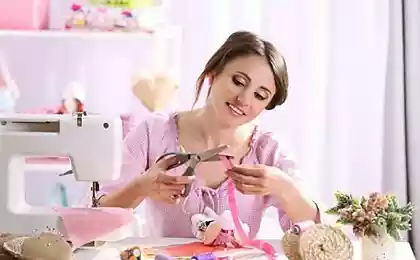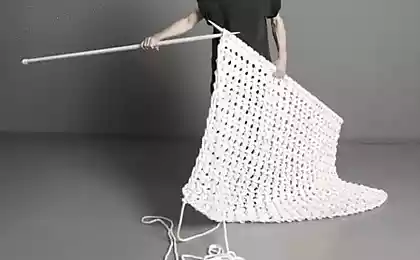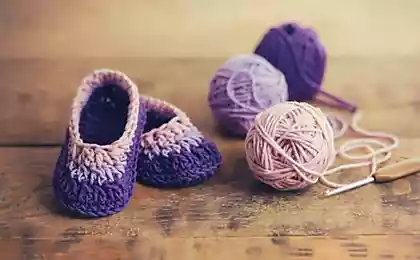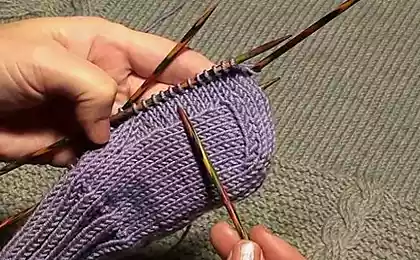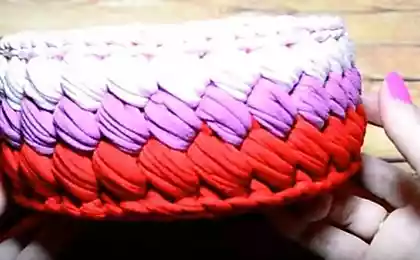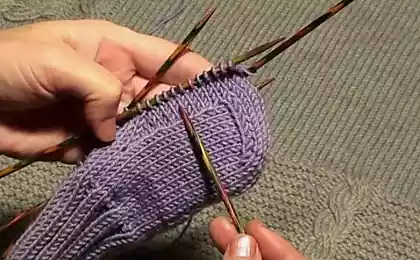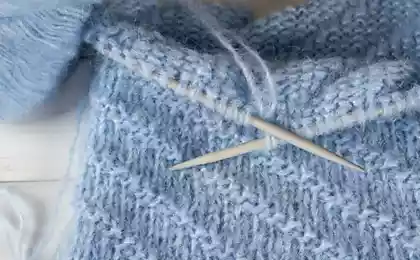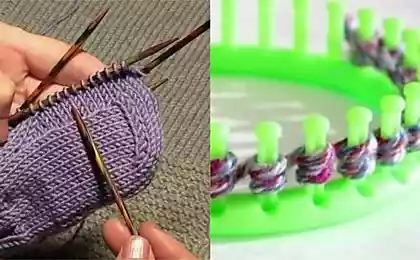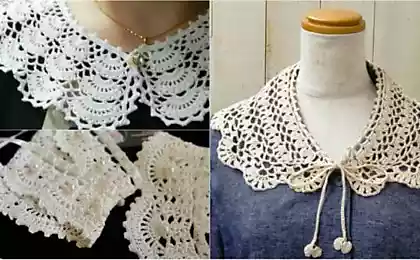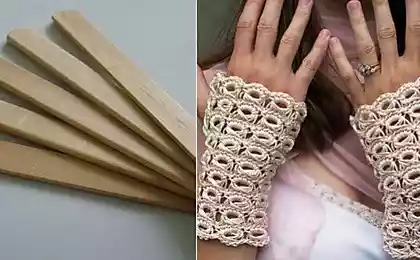165
A guide to crocheting for beginners
Knitting with a hook is an occupation that from the outside may seem uninteresting. But it is enough to get acquainted with this kind of needlework closer to understand that this is a real art.
And these days, when free time is better to spend at home, you should turn your eyes towards knitting. So today's editorial office. "Site" will tell How to quickly learn to hook.
This occupation will not only create several interesting things that can be given to loved ones, but also help calm down, relieve tension, distract from bad thoughts, keep a sober mind.
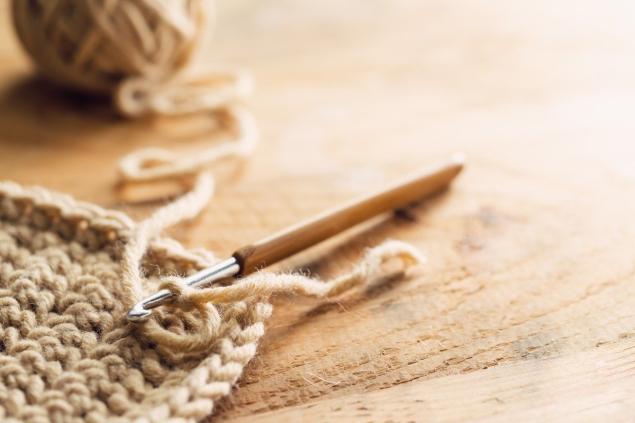
To an inexperienced person, knitting seems like a Chinese diploma. Some hinges, columns, patterns... It's not clear how to do all this and what these knitting schemes mean.

And when you see how cleverly someone is wielding spokes or the same hook, then the thought comes that a person just has talent, and you can not repeat this. In fact, there is nothing complicated here. It just takes diligence and experience.
To knit the hook you need to stock up on threads (at first it is better to choose medium thickness) and the hook itself. By the way, the thickness of the threads should be 1 mm less than the thickness of the hook. The diameter of the tool itself is indicated directly on its surface in millimeters.

How exactly to hold the hook, there is no clear instruction. Most often, knitters hold the tool like they take a fork or knife. Others prefer to hold the hook like a pencil. It is better not to invent your own technique, but to choose one of the above options.
The first loop, often referred to as a sliding node, sets the rhythm of the entire knitting process. It can be done both on the table and on the weight. Making the first loop on the table is easier, because just put the knot on the hook. The first loop is there, we can continue.

In most cases, crocheting begins with the construction of a chain, which consists of air loops. Each next loop is formed because the hook needs to stretch the working thread into the already existing loop. It turns out that each previous loop falls down, and a new loop takes its place each time.
The chain of loops is needed not only to create the main row, but also for indentations in the canvas. Also, with the help of such chains of loops, many openwork patterns are built.
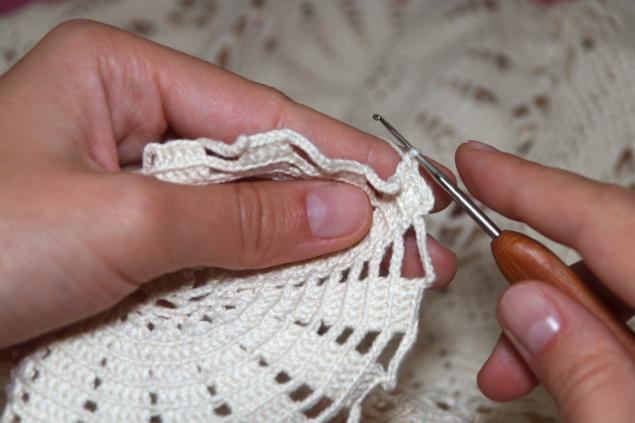
Almost all other elements that are used in knitting are called pillars. They can have different heights, tie through the entire loop of the previous row or only through part of it. One of the key elements is pillar. Even if you only have one, you can create a lot of interesting things.
To create such a column, you need to stretch the working thread through the loop of the lower row and leave it on the hook. That's how the second loop forms. It will only be necessary to stretch the working thread through both loops at once.
Many presentable products actually knit quite simply. Sometimes they are collected from the simplest individual fragments. Therefore, even having mastered the basics, you can start creating something worthwhile, and not only scarves and dressings.

But to make sure that hook upYou need to first get the threads and the same hook, believe in yourself and start working. And to make everything work faster, it is better to have before your eyes a video with a decent master class. Then the work will go faster and more productive.
about:blank
And these days, when free time is better to spend at home, you should turn your eyes towards knitting. So today's editorial office. "Site" will tell How to quickly learn to hook.
This occupation will not only create several interesting things that can be given to loved ones, but also help calm down, relieve tension, distract from bad thoughts, keep a sober mind.

To an inexperienced person, knitting seems like a Chinese diploma. Some hinges, columns, patterns... It's not clear how to do all this and what these knitting schemes mean.

And when you see how cleverly someone is wielding spokes or the same hook, then the thought comes that a person just has talent, and you can not repeat this. In fact, there is nothing complicated here. It just takes diligence and experience.
To knit the hook you need to stock up on threads (at first it is better to choose medium thickness) and the hook itself. By the way, the thickness of the threads should be 1 mm less than the thickness of the hook. The diameter of the tool itself is indicated directly on its surface in millimeters.

How exactly to hold the hook, there is no clear instruction. Most often, knitters hold the tool like they take a fork or knife. Others prefer to hold the hook like a pencil. It is better not to invent your own technique, but to choose one of the above options.
The first loop, often referred to as a sliding node, sets the rhythm of the entire knitting process. It can be done both on the table and on the weight. Making the first loop on the table is easier, because just put the knot on the hook. The first loop is there, we can continue.

In most cases, crocheting begins with the construction of a chain, which consists of air loops. Each next loop is formed because the hook needs to stretch the working thread into the already existing loop. It turns out that each previous loop falls down, and a new loop takes its place each time.
The chain of loops is needed not only to create the main row, but also for indentations in the canvas. Also, with the help of such chains of loops, many openwork patterns are built.

Almost all other elements that are used in knitting are called pillars. They can have different heights, tie through the entire loop of the previous row or only through part of it. One of the key elements is pillar. Even if you only have one, you can create a lot of interesting things.
To create such a column, you need to stretch the working thread through the loop of the lower row and leave it on the hook. That's how the second loop forms. It will only be necessary to stretch the working thread through both loops at once.
Many presentable products actually knit quite simply. Sometimes they are collected from the simplest individual fragments. Therefore, even having mastered the basics, you can start creating something worthwhile, and not only scarves and dressings.

But to make sure that hook upYou need to first get the threads and the same hook, believe in yourself and start working. And to make everything work faster, it is better to have before your eyes a video with a decent master class. Then the work will go faster and more productive.
about:blank
Mistakes during the construction of a private house and how to avoid them
A few funny and a little frank phrases Tatiana Tolstoy
